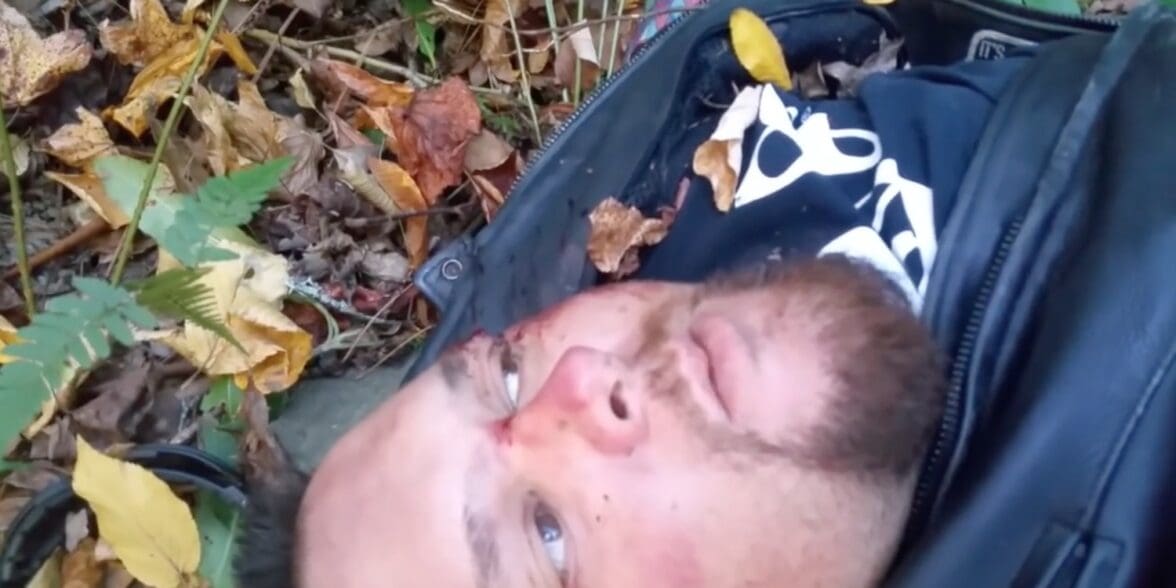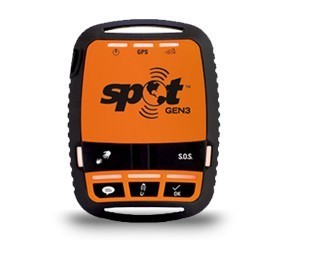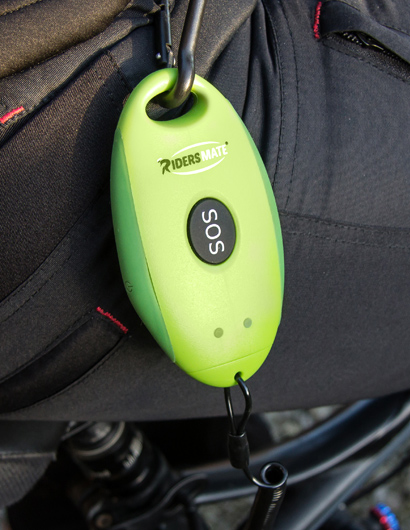An American rider has recorded a farewell video to his family after crashing off the road and lying near his dead mate for more than 30 hours.
It’s a graphic and compelling reason for every rider to carry some sort of emergency beacon or phone app that sends an automatic emergency alert if it detects a crash.
In this case, it wouldn’t have worked with a phone as he was out of range on the famous Tail of the Dragon in the Great Smoky Mountains, North Carolina.
“No cell service there,” he says. “You have to ride about 10 miles to get service. The police radios sometimes don’t reach out, is what I was told. I know my XM radio didn’t work ’cause of the trees.”

Mobile phone alerts
Rider Kevin Diepenbrock was riding a BMW K 12600 GTL when he crashed. Ironically, you can now option the bike with an e-call system that automatically or manually sends an SOS phone call if it detects a crash.
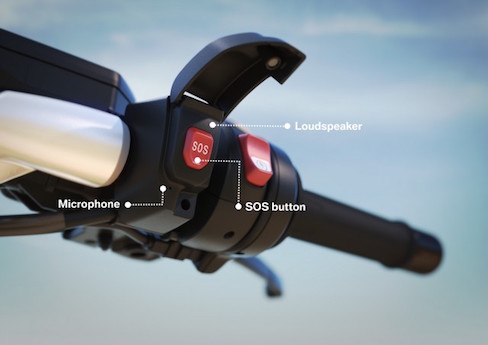
There are many other devices and apps that do the same sort of thing.
Some are automatic, detecting a crash via detachment from tether or via electronic sensors such as an accelerometer.
That’s great if you are knocked out and can’t manually dial an emergency number.
But the big problem is that they all rely on a mobile phone signal.
Earth to satellite
You could also invest in an Emergency Position Indicating Radio Beacon (EPIRB) starting at about $200.
They transmit a coded message on the 406MHz distress frequency via satellite, planes and earth stations to the nearest rescue co-ordination centre. No need for a mobile phone signal.
However, make sure there is some sort of automatic activation device such as a tether as you may be knocked out in a crash and unable to activate the unit manually.
Some EPIRBs also have built-in GPS that guides rescue services to within 50m.
You can also get GPS satellite personal locator beacons (PLB) and satellite messengers (MS) that rely on satellite signal and cost as little as $75.
The only problem with EPIRBs, PLBs and MS units is that they need a clear path to a satellite and can be rendered useless in dense forest.
Most of these devices also require an annual monitoring fee.
Tell your friends
Apart from technology, there are other “organic” methods of ensuring you are not lost in a crash. And they’re free!
We always advise riders not to ride solo. However, in Kevin’s case, he was riding with a partner and still was not found.
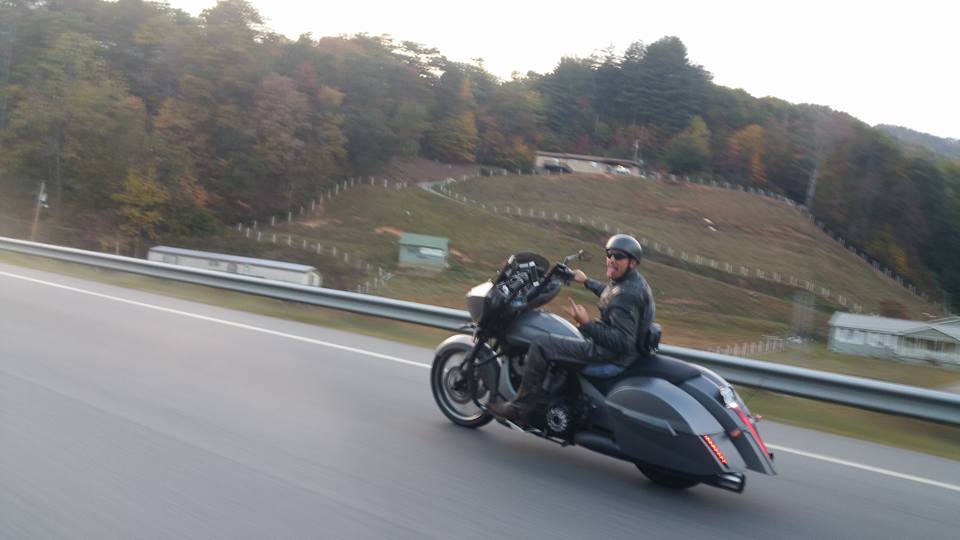
You should always tell a friend or family member where you are riding and when you are expecting to arrive at your destination.
If you don’t arrive, they should activate a search.
In another American incident in May, a 63-year-old rider crashed and was pinned under his Honda VTX1300 for eight days. He was only found because a friend noticed his social media absence for a few days and went looking for him. He was lucky.
Farewell video not needed
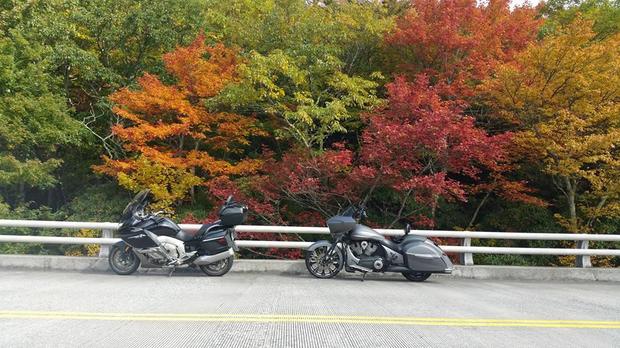
Kevin need not have recorded his farewell video, but was also very lucky to be rescued.
He called out for about 27 hours but could not be heard from the road by passing cars or motorcycles.
Then a woman and her date on a motorcycle pulled over on the road near Kevin.
The woman heard him calling out, but couldn’t see him, so they went for help and returned with a local motorcyclist who knew the area.
Kevin was eventually airlifted to University of Tennessee Medical Center, where he was treated for two punctured lungs, 12 broken ribs, two breaks in his spine and road rash.
After two weeks, he was released from hospital, is now starting physical therapy next week and is expected to make a full recovery.


